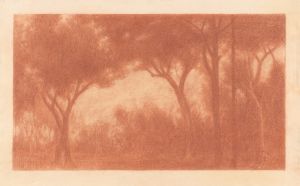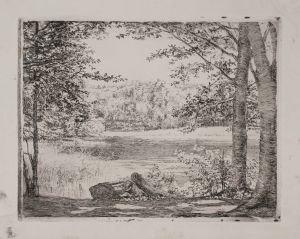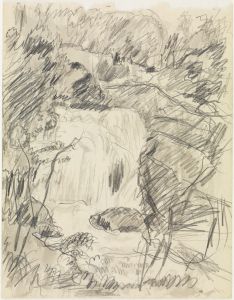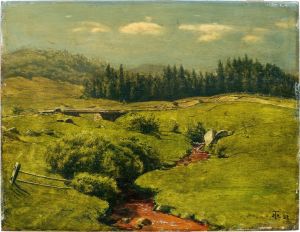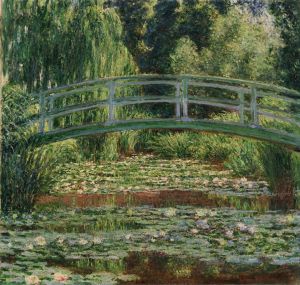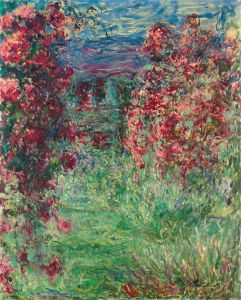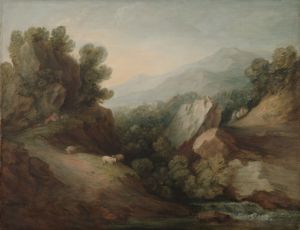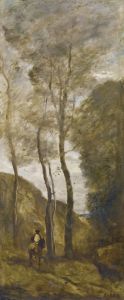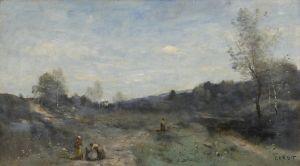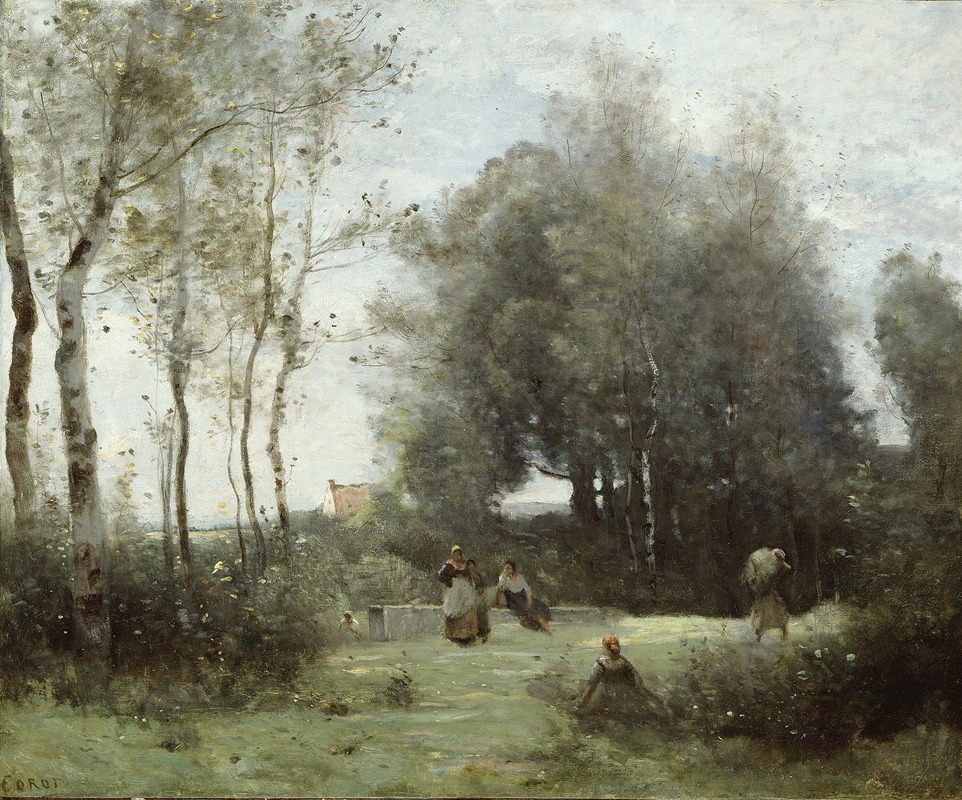
Arleux-Palluel, The Bridge of Trysts
A hand-painted replica of Jean-Baptiste-Camille Corot’s masterpiece Arleux-Palluel, The Bridge of Trysts, meticulously crafted by professional artists to capture the true essence of the original. Each piece is created with museum-quality canvas and rare mineral pigments, carefully painted by experienced artists with delicate brushstrokes and rich, layered colors to perfectly recreate the texture of the original artwork. Unlike machine-printed reproductions, this hand-painted version brings the painting to life, infused with the artist’s emotions and skill in every stroke. Whether for personal collection or home decoration, it instantly elevates the artistic atmosphere of any space.
Jean-Baptiste-Camille Corot's painting Arleux-Palluel, The Bridge of Trysts is a work by the renowned French landscape painter, who is often regarded as a pivotal figure in the transition from Neoclassicism to Impressionism. Corot, active during the 19th century, is celebrated for his poetic and atmospheric depictions of nature, blending realism with a sense of lyrical beauty.
This particular painting, Arleux-Palluel, The Bridge of Trysts, depicts a serene rural scene centered around a bridge in the village of Arleux-Palluel, located in the northern region of France. The composition reflects Corot's characteristic style, combining soft, diffused light with a harmonious balance of natural elements. The bridge, a key focal point of the painting, is set against a tranquil backdrop of trees, water, and sky, evoking a sense of quietude and timelessness.
Corot's approach to landscapes often involved painting en plein air (outdoors) to capture the immediacy of natural light and atmosphere, though he would frequently refine his works in the studio. This method allowed him to achieve the delicate interplay of light and shadow that is evident in this painting. The muted palette and subtle tonal gradations in The Bridge of Trysts are hallmarks of Corot's mature style, which influenced later Impressionist painters.
The title of the painting suggests a romantic or sentimental association with the bridge, though there is no documented evidence to confirm a specific narrative or event tied to the location. Instead, the work can be appreciated as a reflection of Corot's ability to imbue ordinary landscapes with a sense of poetic resonance.
Corot's landscapes often transcended mere topographical accuracy, focusing instead on the emotional and atmospheric qualities of a scene. This approach is evident in Arleux-Palluel, The Bridge of Trysts, where the interplay of natural elements creates a mood of introspection and calm. The painting exemplifies Corot's mastery in capturing the ephemeral beauty of the natural world, a quality that earned him widespread acclaim during his lifetime and beyond.
Today, Arleux-Palluel, The Bridge of Trysts is recognized as an important example of Corot's work, reflecting his contribution to the development of modern landscape painting. The painting is housed in a public or private collection, though specific details about its current location may vary depending on exhibition or ownership records.





